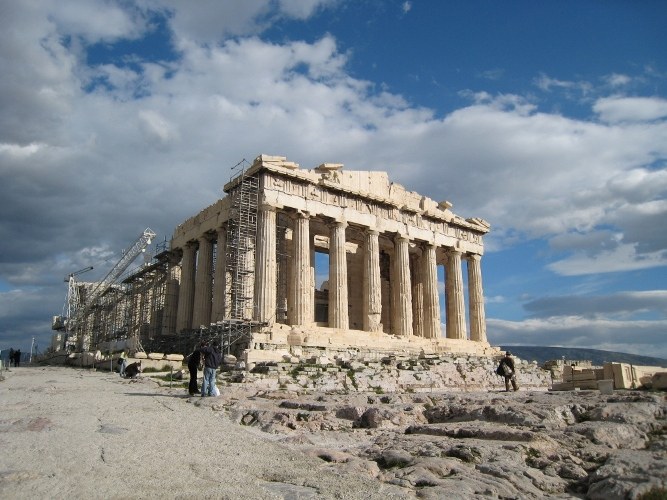Basic methods of historical knowledge
One of the fundamental methods of the study of history is considered to be the comparative method. It involves qualitative and quantitative comparison of historical phenomena in time and space. All events in history have a beginning, duration and end, they also often tied to a specific place.
A comparative approach allows us to make ordering a series of objects of historical study. It is directly adjacent to the typological method of study, allowing to classify the facts and phenomena of social reality, distributing them to well-defined categories.
Dialectical logic teaches us to consider all the events of history from a systemic point of view. A systematic method of knowledge helps to reveal the underlying internal mechanisms of the origin, formation and extinction phenomena. All the historical events thus appear before researchers in a connected form, emerging from one another.
There is also a retrospective method of understanding phenomena in history. It is possible to penetrate far into the past, consistently identifying causes of events, their role in the historical process. The disclosure of causal relationships is one of the main features of this method of learning.
Features of concrete historical research
Methods of historical knowledge find application and expression in concrete historical research. It is most often performed through the preparation, writing and publication of the monograph. Work within the framework of the monographic study suggests the presence of several stages. Getting to research, a historian first, determines methodological basis, that is, selects methods of study of interest to his field of knowledge.
This is followed by the choice of the object of historical research and its subject area. At this stage, the primary historian is working on a plan for the construction of the text of the monograph determines the number of sections and chapters, builds a logical sequence of presentation. As you define the structure of the monograph may occur clarification of the object and subject of research.
The next stage is to conduct a bibliographical research on the chosen object of analysis. Here specified time frame and territory, which cover historical events. The researcher gradually gathers primary information about data sources and their predecessors, who somehow touched the interest of his subjects.
The main work in the framework of the monographic method consists in writing the text of historical research. This stage usually takes the most time and requires the utmost concentration on the subject to be study and understanding. The analytical part of the monograph ends with conclusions and inferences, which are new knowledge about the era or specific historical event.




